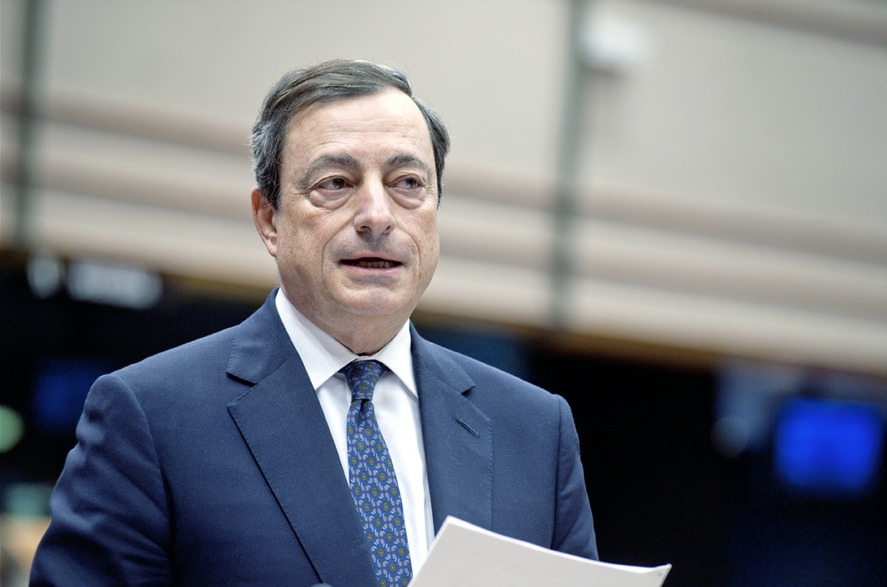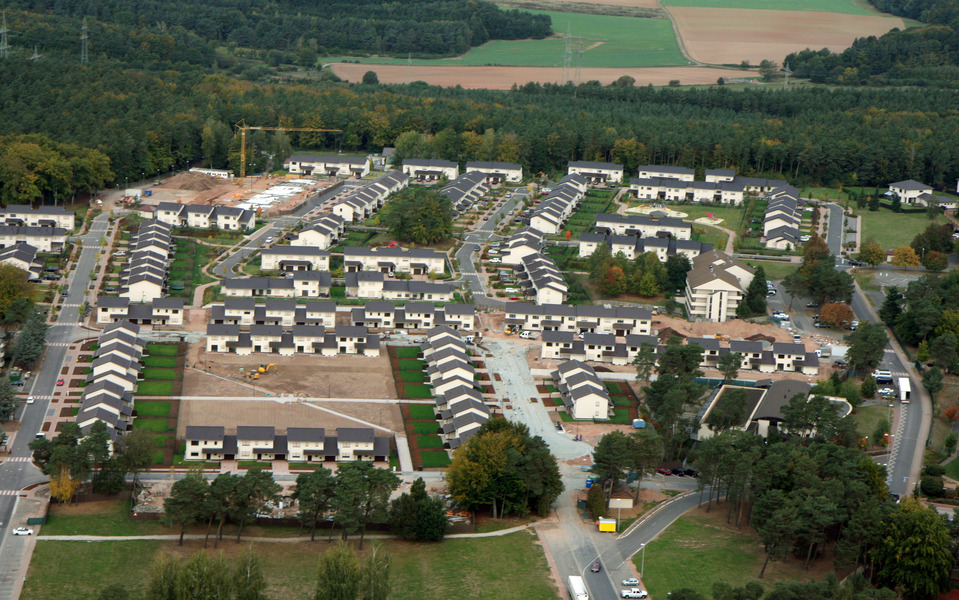What's the Deal with Crimea? A Brief History in Links
Russia's recent military actions in Crimea have many wondering what (and where) Crimea is, anyway. Here are the basics on geography and history.
Crimea is a Ukranian peninsula in the northern Black Sea separated from Russia by the narrow Strait of Kerch.
Published by The Lawfare Institute
in Cooperation With

Russia's recent military actions in Crimea have many wondering what (and where) Crimea is, anyway. Here are the basics on geography and history.
Crimea is a Ukranian peninsula in the northern Black Sea separated from Russia by the narrow Strait of Kerch. The vast majority of the peninsula is governed by the Autonomous Republic of Crimea, which remains an "integral constituent part of Ukraine" under the Ukranian Constitution. According to Ukraine's most recent census in 2001, Crimea's population is 58.5 percent Russian, 24.4 percent Ukrainian, and 12.2 percent Crimean Tatar, with many nationalities and ethnic groups making up the remainder. This contrasts sharply with the population of Ukraine as a whole, which is 77.8 percent Ukrainian and 17.3 percent Russian, according to the CIA World Factbook.
Crimea, originally called Taurica, has been invaded and occupied many times throughout its history, including by the Greeks, Romans, Huns, Byzantine Empire, Mongols, the Ottoman Empire, Nazi Germany, and others. The most prominent of the groups to settle in Crimea was the Crimean Tatars, a group of Turkic-speaking Muslims who were part of the Mongols' Golden Horde and erected a new khanate under the Ottoman Empire when the Mongols fell from power. That lasted until the late 18th Century, when the Russian Empire under Catherine the Great, in search of a warm-water port, conquered and then annexed Crimea.
Crimea is perhaps best known for the Crimean War of 1853-1856, a fight over the Middle East that pitted Russia against an alliance of the Ottoman Turks, Great Britain, France, and Sardinia. Fighting took place primarily in the Black Sea and in Crimea, leaving the peninsula devastated. Although Russia lost the war and was forced to remove all naval vessels from the Black Sea, Crimea remained under Russian control.
After World War I and the Russian Civil War, the Soviet Union under Lenin incorporated the peninsula into the Soviet Union and renamed it the Crimean Autonomous Soviet Socialist Republic. During World War II, Crimea was briefly occupied by Nazi Germany from 1942 to 1944, reportedly with the support of up to 20,000 Crimean Tatars. When Crimea was retaken by the Soviet Union in 1944, Stalin ordered the expulsion of all Crimean Tatars from Crimea to Soviet republics in Central Asia as punishment for collaborating with the Nazis. Official estimates put the number of people expelled from Crimea at nearly 200,000.
Crimea ultimately came to be part of Ukraine in 1954, when Soviet leader Nikita Khrushchev transferred Crimea as a gift to Ukraine. While this made little difference at the time, the collapse of the Soviet Union in 1991 brought issues of Crimean control to the fore. In addition, Crimean Tatars began to return to Crimea, adding ethnic tensions to geopolitical questions.
Today, the future of Crimea is very much in flux, but it is impossible to understand the contours of the current conflict without a grasp of the small peninsula's outsized past.
Matt Danzer is a graduate of Columbia Law School, where he was a member of the Columbia Law Review and served as president of the National Security Law Society. He also works as an editor for the Topic A public policy blogs on Roll Call. He graduated from Cornell University in 2012 with a B.S., with honors, in Industrial and Labor Relations.



.jpg?sfvrsn=d5e57b75_5)

